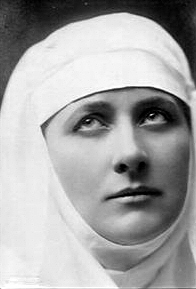MARY GARDEN OPERA SINGER
PAGE FIVE
(Jim Brooks)
As it happens, MISS Garden was just as accomplished at palying boys as sirens and vamps. Massenet's opera "The Juggler of Notre Dame" was written for a tenor, but Mary fancied
the role, sangit up an octave, and had one of the greatest successes of her career. Basically, the little juggler is driven by cold, hunger and illness to a monastery where the monks look
after him. In thanks, he canoffer the Virgin Mary only what he knows - tricks and dancing, which scandalises the monks who try to stop him but the statue of the Virgin comes to life
and blesses him as he dies, content at last.
By the time she sang the role, her final performance in Chicago, critics often tactfully avoided any mention of her singing, but Edward Moore wrote "No tenor, nomatter how talented,
could ever be as boyish as Miss Garden. I would rather hear her sing and then cry and mop her eyes and wipe her nose than listen to the finest tenor in earth in the part. When the
prior scolds her she twists her body into something that is all knees and elbows and it is all boy, too."I had the pleasure of meeting Haytoner the other day. Where else but the Mary Garden Room of the Music Hall? We had a fascinating chat, not only about Mary Garden but about
lots of aspects of the website - good and bad. I reckon the Diplomatic service lost a "natural" there!
He did mention he liked the picture of Mary as Melisande, so here's a tinted version I found on the web, plus another less well-known one.
Quaintance Easton in her book on the Boston Opera tells a less flattering story of Garden's "...very real yet completely dreamlike Mélisande. There was nothing dreamlike about Mary as
she rehearsed the production. The tiny, boxed-in setting for several of the scenes irritated her beyond restraint. She flounced in and out of them, muttering under her breath. Taking her
own time, she made one entrance so belatedly that the conductor rapped sharply with his baton and called to her. Sauntering to the footlights, she poised above him and looked down
arrogantly.
”Monsieur André Caplet,” she drawled, “I will come when I am ready. You will wait.” Then a few decibels higher: “I don’t know if I’ll sing anyway – these sets are so damned small. I
can hardly turnaround!” But turn around she did. Caplet swallowed his pride and resentment, and the eventual performance was magical perfection.(Haytoner)
Hi Jim, The Melisande on the left is the one I was referring to. She has a sweetness in her face here that is not readily shown in her other portraits. Furthermore, I strongly suspect that
the hair in theother photograph is not her own. Incidentally, whilst reading through some notes on her life which I obtained the other day, I was able to find out something that had been
bothering me for a while, i.e. did she attend school whilst living at 35 Charlotte Street? According to Diane Morgan, the Gardens were living in Dee Street by 1875, so Mary was only
one year old at the time. Now I am at a deadend again. She must have attended school whilst at Dee Street but which one? Ferryhill was my first guess but although I had been looking
through a finely detailed history of the school that very afternoon, I was unable to find any mention of her. I don't know if anyone has come across this book yet but it is well worth
purchasing. It is titled "Ferryhill School, 130 years of history", or something like that. Mention is made of the school football teams famous colours of black and gold quarters, but I'm
sure that when I played against them in the early 60s they played in gold shirts with blacksleeves and black shorts. Can any Ferryhill F.P.verify this? Of course when I said "I played
against them" I meant as a member of the Tillydrone football team. To get back to Mary Garden again, that same article verifies that she WAS born at home in Charlotte Street, a copy
of her birth certificate being reproduced. Remember when I asked which year the articles appeared in the Leopard magazine? Well there was a clue in huge letters on the very first
page; "The Forgotten Centenary".Last of all, despite the fact that you ate one of my biscuits, I had a thoroughly enjoyable time at the Mary Garden Room. I had, and still have, a list of
topics and questions in my head that I had meant toask or tell you about but which were pushed aside as we were never exactly stuck for something to say. They will all keep for
another time though, and I look forward to that.(Jim Brooks)
I'm leaping to protect my reputation here. You TOLD me I could have that last biscuit! Anyway, I assumed it was my therapist's fee for listening to all that tedious stuff about how your
brothers bullied and ill-treated you as a child. Not nearly enough, in my opinion!
BUT, you really do get what Mary Garden was all about, so you can't be all bad.... Here's to the next time we meet.
As far as I can remember, in the early fifties Ferryhill did play in black and gold quarters, the school colours being black and yellow on a grey background.
As for Mary Garden, perhaps she went to Marywell Street School? I don't remember when it closed as a school; the very early fifties I should think. I do remember it as an annexe of
the Commercial College where they taught hairdressing, because they were forever trying to lure kids in with the offer of a free haircut. In those days I had a decent head of hair. I know
they say baldness is a sign of virility; trouble is, naebuddy want tae check it oot!
(Haytoner)
Hi Jim, I have been spending a little time listening to some Mary Garden songs and thought that you would be the most appropriate person to ask an opinion on my observations.
First of all, “The Swing” and “My Ships” seem more suited to a stage performance than a recording session. Maybe this lends weight to the thought that she was a great performer who
would find it difficult to put her personality into a mere recording.
“My Ships”, sounds to me like a Gilbert and Sullivan type song, and although the recording of these two songs is immense in their contribution to her history, they would be classed as
“Fillers” at the time of recording. Or maybe, she just felt like singing them at the time.
“Resurrection” I think is a lovely song and is my favourite on first play of the CD. I would say that on a couple of occasions her French pronunciation seems a bit forced.
I am a bit unsure of the title, Resurrection : Dieu de Grace
Is the song entitled “Dieu de Grace” as the lyrics seem to imply?
“Afton Water” I like, and it’s a good example of simply presenting her voice, which has nice control throughout this song. Do you find that at times her voice control seems a little
unpredictable? Havingsaid this, I did find that an unexpected increase in volume on a certain note in one of her songs was repeated identically in another recording of the same song
, so maybe that’s just how she intended to sing it. I find the third version of Depuis le Jour (1927) by far the nicest of the three.
Incidentally, I'm sorry that I inadvertently brought up the subject of "the last biscuit". When I got home I had something else to eat instead. But never mind, it's all in the past now
and I won't mention it againunless I am posting something on the Forum.(Jim Brooks)
Thought I'd preface this posting with this imposing photo of Mary Garden with Andrew Carnegie, known for having built one of the most powerful and influential corporations in
United States history. In the 1870s, he founded the Carnegie Steel Company and by the 1890s the company was the largest and most profitable industrial enterprise in the world.
He sold it to J.P. Morgan's US Steel in 1901 and devoted the remainder of his life to large-scale philanthropy. Famously he lent his name to the Carnegie Hall in New York, and
a smaller version in his birthplace,Dunfermline.
I think you're absolutely right, Haytoner, when you describe Mary as a great performer who would find it difficult to put her personailty into a mere recording. She knew this better than
anyone, but it's hard to understand why she chose to record some of the material she did. Maybe ballads like "The Swing" were popular with record buyers so it's fair enough that she'd want
to record them for themoney and to make her better known, but it's hard to explain why she recorded so little from her famous roles. It's even harder to figure out why she recorded so
seldom. Her first recordings were made in 1903/4, when she was around 30, then there was a gap of 7 years until her American Columbia recordings of 1911/12. She would not enter a
recording studio again for 14 years when she made her final (electrical) recordings for RCA in her mid-fifties, by which time her was in her mid-fifties. There is absolutely nothing from her
thirties when she would have been in her prime.
Nonetheless, what we do have is enough to show that she had a brilliant-toned well-schooled, reliable voice and a formidable technique that allowed her to sing rather more often than
would be considered wise nowadays. Some of the later recordings may be transposed down a tone or so, but they show that she was pretty well in command of her resources well into her
fifties, despite occasionalmoments of vocal uncertainty.
"Dieu de grace" is Katiusha's prayer from Franco Alfano's seldom-performed opera "Resurrection", based on the Tolstoy novel. It was right up Mary's street, playing the maid who falls in
love with Dimitri and finds herself pregnant and abandoned by him, serving time in a prison for prostitutes before finding true love with a political prisoner Simonson. She sang the role in
both America and finally at the endof her career in Paris in 1935 so maybe that was why she wanted to perpetuate the memory?
This is Mary Garden as Katiusha "before and after" as it were.
I don't know if this clarifies anything, but my get-out is, as always, "That was Mary Garden, a delightful, fascinating enigma" - I think she would have HATED to be understood!
(Jim Brooks)
Haytoner, having met you, I know that you are a man of the world, sophisticated, wise beyond your years... etc, etc, so here's something you can maybe explain about Mary Garden that has
alwaysintrigued me.
It has often been said that Mary had "a guid conceit o' hersel'" which might just be the understatement of the last century. If she thought she had rivals, she never deigned to offer them the
oxygen ofpublicity - with one exception. Lina Cavalieri. Cavalieri hadn't Mary's onstage magnetism and her voice was more conventionally attractive BUT she was at least as beautiful.
When the Chicago Opera offered the role of Thais, a role Mary considered that she "owned", to Cavalieri Mary threatened to walk out and cancel all her appearances. I'm intrigued by
an apparentchink in the invincible Mary's armour. (*)
Similarly in the 1950's, on one of the few occasions that the equally controversial Maria Callas deigned mention another soprano by name(slightly disparagingly), it was the very
accomplished Anna Moffo.Like Cavalieri, she was more conventional, but very beautiful.
I doubt that Callas ever felt as secure as Garden in her role as prima donna of an age, but isn't it odd that the area in which these great stars felt truly vulnerable seems to have been
personal beauty?
Anything in your vast experience with legions of gorgeous femmes and frauleins that explains this, or should I maybe address this question to the Ex-pats resident hunk, SilverSurfer???
(*) It'll come as no surprise that Cavalieri never sang Thais and Mary stayed in Chicago!Haytoner)
Hi Jim,
Before I answer your question, here is a picture of Mary as Melisande which seems to have been taken at the same session as my favourite one.
I included it here because these two photographs, I feel, show her beauty, for what it is, better than any others. Having said that, I don't think she was a very pretty woman at all, and this
can be borneout by comparing all photographs of Mary as Mary, to Mary as Melisande, Salome etc. I feel she must have been very much aware of what she lacked in the good looks
department, and would not like to have been compared to anyone better looking. It is obvious of course that she had absolute faith in her singing and acting ability and I am surprised that she
looked on Cavalieri as a threat. Of
course we can never know what Mary really felt about Cavalieri; it may have been just a whim of hers to dislike her. Every person can do this without having an explanation for it. I think that
lots of theso called enigmas surrounding Mary have no answer in that they have nothing to answer to. I think she would have answered any such question of jealousy with a shrug of her
shoulders. It is a fascinating thing to try to find out how she felt about some things but I think there is no real answer. We must also allow for the fact that she would often change her mind and
feelings about things, as anyone would. I guess what I am trying to say is "I don't know", but it is a great point for a verbal discussion, so I think we should pursue it; possibly next Saturday?
I was looking over some photographs and noted that the photograph you posted in post43382 which shows part of the cast of the 1917 Thais movie, shows a similarity in style and looks of
all 6 women,and not very pretty either. Also , there names sound like something out of an Enid Blyton story, Mae, Mabel, Mary, Madge, Maxine and the odd one out Jane.(Jim Brooks)
I'll say this much: Mary Garden's glamour, beauty or what you will, has nothing warm, feminine or inviting about it. In fact, it's sexless and sometimes disturbingly androgynous, but I have a
theory that the only people who always come out well in photos are those who have perfectly regular features, and that certainly applies to Mary, as you can see in this picture of her as Thais
after she has given up herlife as a courtesan and found God.
There's a timeless quality to this picture, which brings me to another point that you raise in connection with Garden's film career. The other women featured in the MGM publicity don't
conform to today's idea of beauty and their looks are as old-fashioned as their names, but presumably they would have been regarded as beauties of their day before MGM promoted them as
stars? It was the silent era, solooks were all. Every so often one comes across a photo from that era that somehow happens to look modern, and suddenly the years fall away and you can see
why they were considered beauties.The best example of this is possibly that most modern of silent stars, Clara Bow, who looks as enticing here as any modern star.
Goodness, it's SO much easier to put things into words when you're discussing Aberdeen then and now rather than ideas of what constitutes beauty!
(Haytoner)
That's quite a good example of someone looking enticing. I don't know if the aforementioned Ladies would have been considered beautiful in their day (certainly not by me if I had been alive
then), but there were plenty around between 1910 and 1920 that were. Apart from the obvious choice of Mary Pickford and Lilian Gish, I think Theda Bara was way ahead of her time for looks
and appeal. There is onepicture of her in particular that looks absolutely frightening but shows something indescribable if you know what I mean. I'll try to dig it out and post it...... You're right
Jim, it is easier to write about "Aberdeen there and now", here's another nice mess you've gotten me into. To get back to the topic at the top of the page, I have been listening to some earlier
Mary Garden material and of course for me, the older the better as far as her history is concerned. Her choice of material, as I have already alluded to, seems a bit strange if she were making any
attempt to appeal to the public. I wonder if she chose some of them for spite, or because she felt she had nothing to prove. I rememberDylan once recorded a double album that he knew was
absolutely dreadful, partly to amuse himself by hearing his fans defend it to the hilt when he knew how bad it was. I don't mean to infer for a moment that Mary did anything along this lines, but I
wonder if she was all that bothered what people thought of the recordings. Of course, the record media then was not as it is now,any I'm sure many more peoplesaw her perform than heard her
recordings.
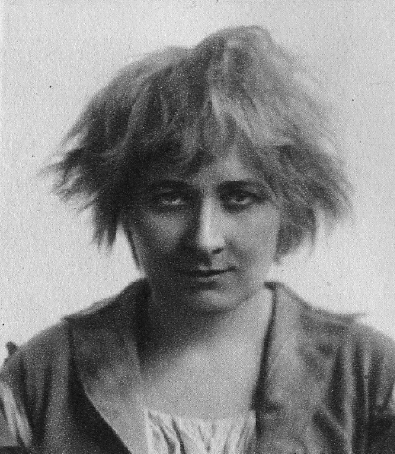
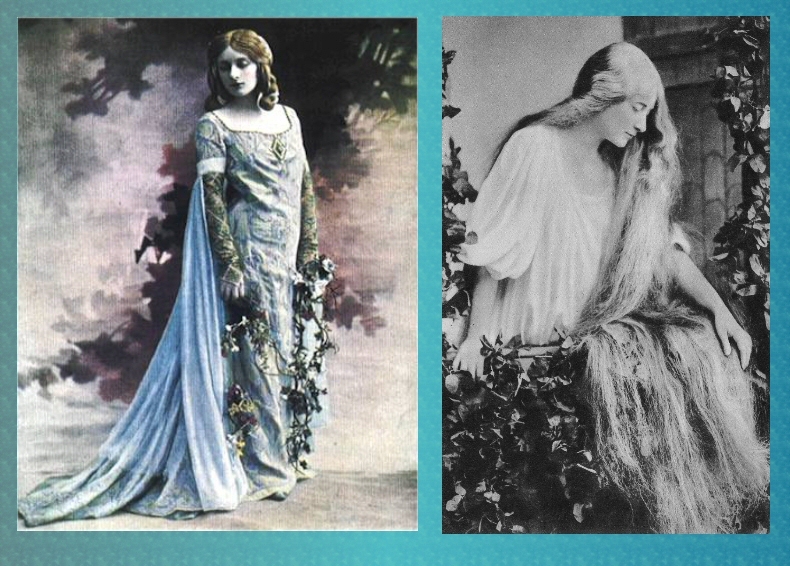
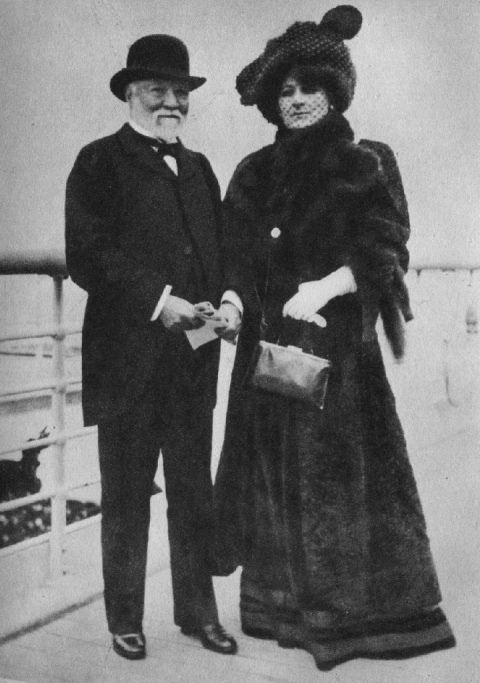
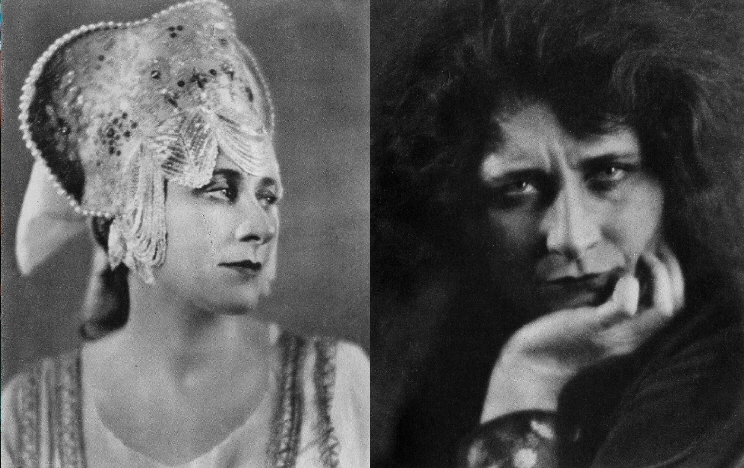
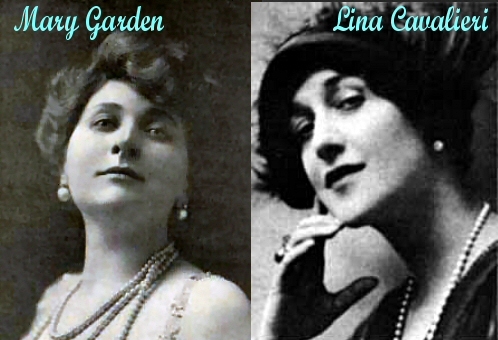
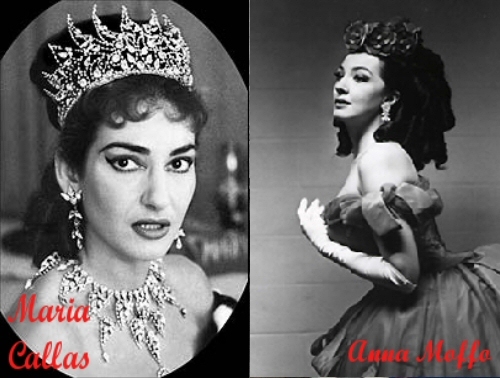
.jpg)
